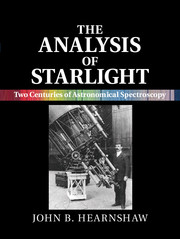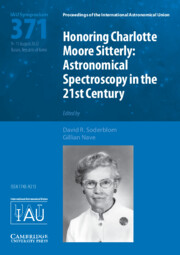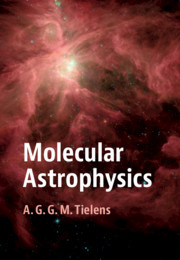The Analysis of Starlight
First published in 1986, this is the story of the analysis of starlight by astronomical spectroscopy. Beginning with Joseph Fraunhofer's discovery of spectral lines in the early nineteenth century, this new edition continues the story through to the year 2000. In addition to the key discoveries, it presents the cultural and social history of stellar astrophysics by introducing the leading astronomers and their struggles, triumphs and disagreements. Basic concepts in spectroscopy and spectral analysis are included, so both observational and theoretical aspects are described, in a non-mathematical framework. This new edition covers the final decades of the twentieth century, with its major advances in stellar astrophysics: the discovery of extrasolar planets, new classes of stars and the observation of the ultraviolet spectra of stars from satellites. The in-depth coverage makes it essential reading for graduate students working in stellar spectroscopy, professional and amateur astronomers, and historians of science.
- Features information about stars, stellar spectroscopy and the astronomers who made the most important discoveries in the nineteenth and twentieth centuries
- Hundreds of illustrations showing stellar spectra, instruments, scientific results and the most famous astronomers
- Cites over 2200 references to the original scientific literature and there are nearly 9500 index entries which are cited in one of the four indexes (names, stars, spectral lines, subjects)
Reviews & endorsements
'… well-documented, beautifully written … an excellent historical summary and an invaluable resource for finding source material …' Choice
'Readers familiar with the 1986 octavo volume will be pleased with the illustrations' improved quality. … Astronomers will likely welcome it as an encyclopaedic accomplishment.' Barbara J. Becker, Isis
Product details
May 2014Hardback
9781107031746
382 pages
260 × 207 × 20 mm
1.1kg
191 b/w illus. 20 tables
Available
Table of Contents
- Preface to the first edition, 1986
- Preface to the second edition
- Acknowledgments for the first edition
- Acknowledgments for the second edition
- 1. Introduction to spectroscopy, spectroscopes and spectrographs
- 2. The analysis of sunlight: the earliest pioneers
- 3. The foundations of special analysis: from Fraunhofer to Kirchhoff
- 4. Early pioneers in stellar spectroscopy
- 5. Spectral classification at Harvard
- 6. The doppler effect
- 7. The interpretation of stellar spectra and the birth of astrophysics
- 8. Spectral classification: from the Henry Draper catalogue to the MK-system and beyond
- 9. Spectroscopy of peculiar stars
- 10. Quantitative analysis of stellar spectra
- 11. Some miscellaneous topics in stellar spectroscopy: individual stars of note, stellar chromospheres, interstellar lines and ultraviolet spectroscopy from space
- Appendix A. List of solar lines designated by letters by Fraunhofer and others
- Appendix B. Vogel's first spectral classification scheme of 1874
- Indexes.






